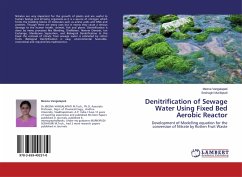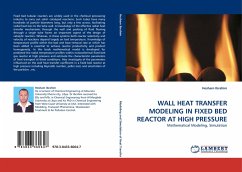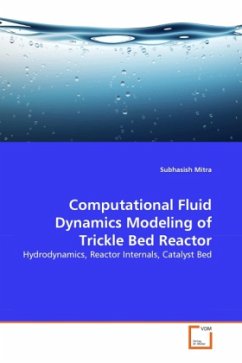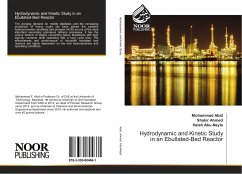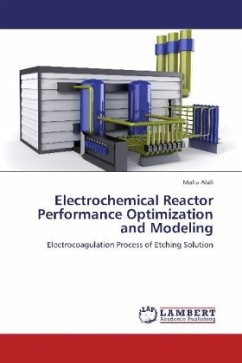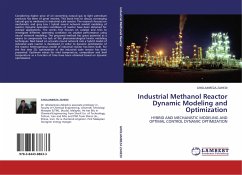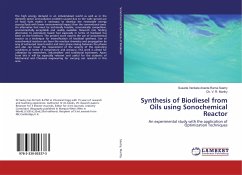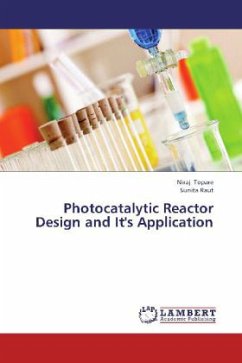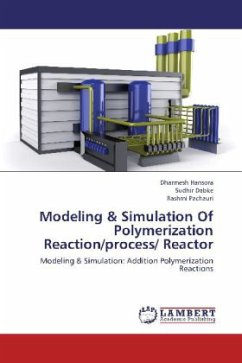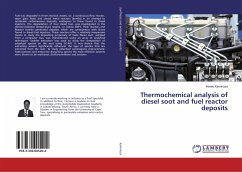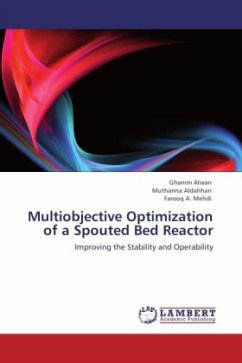
Multiobjective Optimization of a Spouted Bed Reactor
Improving the Stability and Operability
Versandkostenfrei!
Versandfertig in 6-10 Tagen
32,99 €
inkl. MwSt.

PAYBACK Punkte
16 °P sammeln!
Gas-solid spouted beds are either cylindrical bed with cone base or the whole bed is in a cone shape where the gas enters as a jet. The gas forms a spout region that carries the solids upward in a diluted phase, which forms a fountain at the top of the bed where the solids fall down and move downward in the annular region. These beds have found wide and efficient applications as reactors, dryers, coaters, etc. Various design and operating variables affect the performance of these beds. Optimization helps guiding the experimental work, scale-up process, reducing the risk and cost of the design ...
Gas-solid spouted beds are either cylindrical bed with cone base or the whole bed is in a cone shape where the gas enters as a jet. The gas forms a spout region that carries the solids upward in a diluted phase, which forms a fountain at the top of the bed where the solids fall down and move downward in the annular region. These beds have found wide and efficient applications as reactors, dryers, coaters, etc. Various design and operating variables affect the performance of these beds. Optimization helps guiding the experimental work, scale-up process, reducing the risk and cost of the design and operation. It also helps the defining of the best range of operating conditions, which can improve the performance and stability of the spouted bed reactor. The stochastic genetic algorithm technique has found more suitable search for non-linear spouted system. The results of the optimization technique compared with the experimental data using sophisticated optical probes and high accuracy pressure transducers. Advanced techniques as; Computed Tomography and Computational Fluid Dynamic were used to confirm the experimental results.



